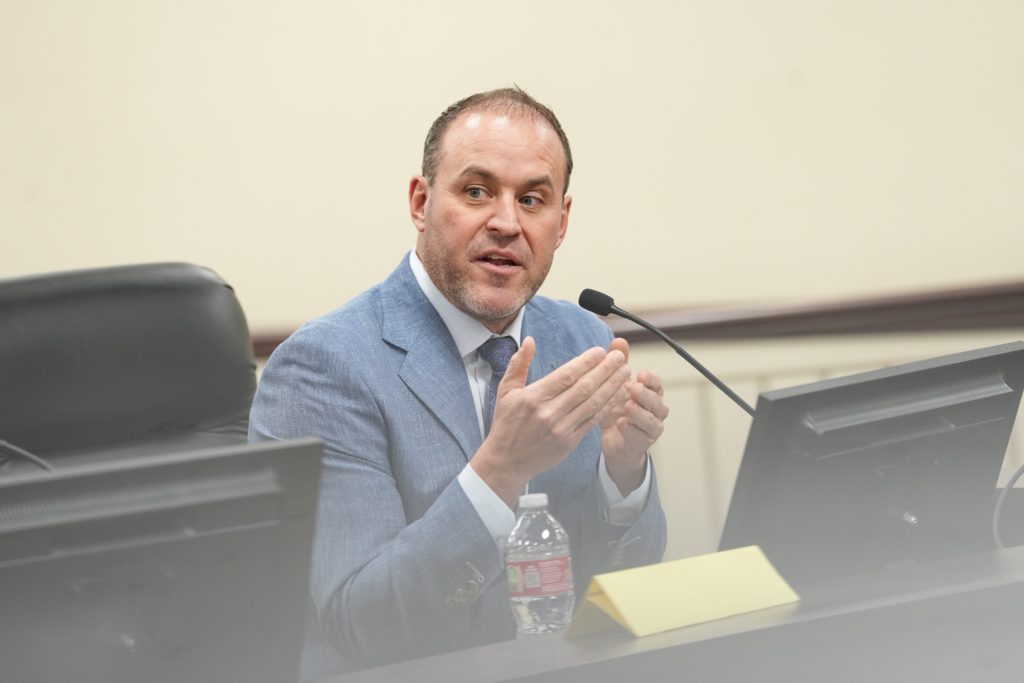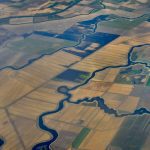- Speaker Mike Schultz proposes raising the causeway berm to protect the South Arm ecosystem.
- The state is evaluating potential tradeoffs such as changes in salinity and water flow.
- The berm was last raised in 2022, credited with averting ecological collapse.
- The request may be added to a fall special legislative session if deemed beneficial.
Tuesday, August 5, 2025 — Utah House Speaker Mike Schultz announced that he will ask Governor Spencer Cox to include a proposal in the fall special session authorizing the Utah Division of Forestry, Fire and State Lands to raise the Great Salt Lake causeway berm by two feet. The proposed elevation—from 4,190 feet to 4,192 feet—would give state officials more options to protect the South Arm ecosystem of the struggling lake.
announced that he will ask Governor Spencer Cox to include a proposal in the fall special session authorizing the Utah Division of Forestry, Fire and State Lands to raise the Great Salt Lake causeway berm by two feet. The proposed elevation—from 4,190 feet to 4,192 feet—would give state officials more options to protect the South Arm ecosystem of the struggling lake.
Schultz addressed the media during a press conference hosted by the Great Salt Lake Collaborative . He was joined by Jamie Barnes, director of the Utah Division of Forestry, Fire and State Lands, who noted that the state is currently reviewing the potential ecological consequences of raising the berm. These include how such a move might affect water flow between the North and South Arms, alter salinity levels, and influence long-term lake management.
. He was joined by Jamie Barnes, director of the Utah Division of Forestry, Fire and State Lands, who noted that the state is currently reviewing the potential ecological consequences of raising the berm. These include how such a move might affect water flow between the North and South Arms, alter salinity levels, and influence long-term lake management.
“It may help, may not,” Schultz acknowledged. “But let’s have the tools and the flexibility to do it if they think that it might help.”
Berm Strategy Credited with Past Success.
The berm was last raised in 2022 during a period of extreme low lake levels. At that time, salinity in the South Arm spiked to 18.7 percent, threatening to collapse the ecosystem. The state’s intervention is widely credited with staving off a larger environmental crisis. As of this summer, water levels in the North and South Arms are within six inches of one another.
Schultz emphasized that the goal is to preserve the lake in its entirety, not just select portions. “We’re here to save the whole Great Salt Lake,” he said.
Building on Previous Legislative Action.
The proposed berm adjustment follows earlier efforts codified in House Bill 453. That bill established a water distribution management plan for the lake and imposed new conditions on mineral extraction companies. Specifically, it prohibits companies from withdrawing water from the South Arm once lake levels fall below 4,193 feet, unless they have signed a voluntary conservation agreement with the state.
According to Schultz, some companies that failed to sign those agreements have already lost their access to lake water. One such agreement with Compass Minerals resulted in the donation of 255,000 acre-feet of water back to the lake.
Barnes commended the legislature for embedding conservation measures into law, calling Schultz’s role in these efforts “heroic.”
Next Steps and Broader Lake Management.
Schultz stated that a final decision about the berm proposal will depend on the outcome of the state’s ecological review. If it appears beneficial, he will petition Governor Cox to include it in the upcoming special legislative session this fall.
Meanwhile, the state continues to pursue multiple strategies to address the long-term health of the Great Salt Lake. These efforts include invasive species removal, wetland restoration, and forest management in upstream watersheds.
“I think it’s important for people to understand that we’re not taking our eyes off of this,” Schultz said. “We are still actively engaged in making sure that we manage the lake in a way to increase the levels and specifically protect the ecosystem that’s out there.”
While Schultz had previously called for a pause on new water-related legislation, he indicated the state is open to revisiting and expanding policies that have proven effective.



